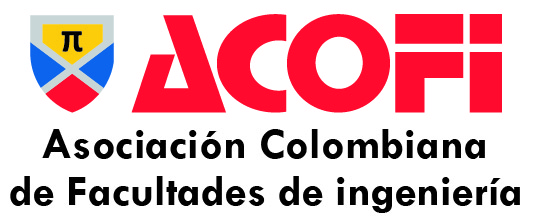Finite automata model designed to improve productivity in the processing of yogurt
DOI:
https://doi.org/10.26507/rei.v7n13.196Keywords:
finite automata, automatism, matrix, S&MEs, yogurt, dairy sectorAbstract
For small and medium enterprises in dairy sector engaged in yogurt manufacture and considering the new economic challenges imposed by economy globalization, result necessary for their industrial processes respond to these needs. Importantly, processing of dairy products like yogurt, demands a thorough knowledge of all factors and variables involved in each stage of production process, starting with raw materials ingress until to obtain final product, which must fulfill strict operating sequence.
Therefore, industrial processes modeling using simulation tools such as finite automata let to automate processes, to increase productivity, to improve quality of finished products and to reduce risk factors. Occupational risks lead to machines processes accidents which involve critical variables, such as high temperatures, use of strong acids, pathogenic microorganisms, radiation and toxic compounds.
This paper shows a development of a finite automata model as an alternative solution for process´s automation in yogurt production in small and medium enterprises. The presented model has a great versatility, allowing select the kind of yogurt to make options such as: whole yogurt, skim yogurt and nonfat yogurt. For the pasteurization process options offered are: ultra-pasteurization, continuous flow and discontinuous. Another feature offered is presented in the selection of additives, allowing to choose a flavored product, natural or fruity.
The different characteristics of production process are collected in the matrix of states, the table process and the phased array, which are basis for development of finite automata model proposed.
Downloads
References
Amiot, J. (1995). Ciencia y Tecnología de la leche. Zaragoza: Acribia.
Bordihn, H., Holzer, M. & Kutrib, M. (2009). Determination of finite automata accepting subregular languages. Theoretical Computer Science, 410(35), 3209-3222.
Casares, R. (2010). La teoría de la información. Creative Commons Atributtion-ShareAlike 3.0
Chakraborty, S. (2003). Formal Languages and Automata Theory, Regular Expressions and Finite Automata. Computer Engineering and Networks Laboratory. Zürich: Swiss Federal Institute of Technology.
Costas, I., Sohel R., M., Vorácek, M. & Vagner, L. (2010). Finite automata based algorithms on subsequences and supersequences of degenerate strings. Journal of Discrete Algorithms, 8(2), 117-130.
Dzelme, B. I. (2009). Mathematical logic and quantum finite state automata. Theoretical Computer Science, 410(20), 1952-1959
Gómez, de S. A. & Anías B. I. de J. (2008). Introducción a la computación. México: Cengage Learning.
Hernández, L. M. A. (1998) Elaboración del yogur a pequeña escala en el hogar. Revista Cubana de Alimentación y Nutrición, 12(1), 55-57
Holzer, M. & Kutrib, M. (2011). Descriptional and computational complexity of finite automata a survey. Information and Computation, 209(3), 456–470.
Instituto Colombiano de Normas Técnicas y Certificación. (1994). Manual de métodos fisicoquímicos para el control de calidad de leche y sus derivados. GTC 3 Parte 1. Bogotá, Colombia.
Keating, P. F. (1999). Introducción a la lactología. México: Limusa.
Mahecha, J. G. (1993). La leche y sus derivados, Universidad Nacional de Colombia, Bogotá, Colombia.
Maretto, D. (2004) ¿Cómo se hace el yogur? Proyecto EXPLORA Ecología Microbiana y su relación con nuestro bienestar.
Recuperado de http://graficas.explora.cl/otros/Xsemana/yogur.html
Mordeson, J. N. & Malik, D. S., (2002). Fuzzy Automata and Languages: Theory and Applications. New York: Chapman & Hall/CRC
Pedrycz, W. & Gacek, A. (2001). Learning of fuzzy automata. International Journal of Computational Intelligence and Applications, 1(1), 19-33.
Qiu, D. (2005). Supervisory control of fuzzy discrete event systems: a formal approach. IEEE Transactions on Systems, Man and Cybernetics Part B, 35(1), 72-88.
Renji, T. (2009). Finite Automata and Application to Cryptography. Tsinghua: University Press.
Downloads
Published
How to Cite
Issue
Section
License
Total or partial reproduction of the documents published in the journal is authorized only when the source and author are cited.
| Article metrics | |
|---|---|
| Abstract views | |
| Galley vies | |
| PDF Views | |
| HTML views | |
| Other views | |









